Sea snakes belong to two subfamilies, Hydrophiinae (true sea snakes) and Laticaudinae (sea krait, who are semiaquatic).
In Thailand and Myanmar we have the chance to encounter regularly representatives of these two families:
| The yellow-bellied sea snake (Hydrophis platurus) is a true marine snake (hydrophiinae family) who leaves a pelagic life and never goes on land! We have only encountered this snake durong our blackwater dive, offshore, never on the reef. | The banded sea krait (Laticauda colubrina), on the other hand, belong to the Laticaudinae family. They are semi-aquatic with feature adapted to a life between land and the ocean. These are the sea snakes we most often see while diving on the reef. |
Diversity and Distribution
| True sea snakes comprise as many as 53 species whilst the partially terrestrial Laticauda or sea kraits comprise five species only. Both can be found in the warm waters of the Indian and Pacific Oceans, particularly in regions such as the Coral Triangle, the Andaman Sea, and the Great Barrier Reef. Curiously, they are not found in the Red Sea, Atlantic Ocean, or Caribbean Sea. Their distribution ranges from coastal shallows to deeper offshore waters, and they exhibit various ecological adaptations to their preferred habitats. Both true sea snakes and sea kraits inhabit the sea, but sea kraits can also be observed on land while true sea kraits are true pelagic. Both sea snakes and Sea kraits feature a flattened tail that help them swim, but Sea kraits' bodies are cylindrical enabling them to crawl on land, while sea snakes are ribbon like bodies making them even stronger swimmers. On average, adult sea snakes (including sea kraits) measure between 1 and 1.5 meter in length. |
Can Sea Snakes breath underwater
| We recently came across another really cool "true sea snake" on a blackwater dive in Myanmar, a Slender-Necked Sea Snake (possibly Hydrophis nigrocinctus). Like other true Sea Snake, it is a highly adapted aquatic species, spending most of its life in the ocean. This species, found in tropical waters of the Indian Ocean near Southeast Asia and northern Australia, remains mysterious due to its elusive nature and vast habitat. Despite being known to science, much about its distribution and behaviour remains unknown, making it a compelling subject for further research. Studying it could reveal valuable insights into its biology, behavior, and interactions with other marine species. |
| Snakes, much like turtles are reptiles not fish, they must periodically swim to the water's surface to replenish their oxygen supply before descending back to the depths of the reef. While many sea snakes (including sea kraits) need to resurface every half an hour to breathe, certain species of sea snakes (including the yellow-bellied sea snake) possess an extraordinary ability to remain submerged for up to eight hours. This superpower is made possible by their unique capability to absorb approximately 33% of their required oxygen and eliminate around 90% of carbon dioxide through their skin. The nostrils of a true sea snake (positioned on top of their snout) have the ability to close when the animal is underwater. |
Can sea snakes die of thirst
While they live in the oceans, sea snakes cannot extract fresh water from the saline sea. Kraits may drink water from land or the sea surface, but True sea snakes (while they have teh ability to expel part of the salt they ingest) must wait for rain to drink the relatively fresh water floating on the sea's surface.
Are sea snakes venomous or poisonous?
It's important to maintain a respectful distance and avoid handling or disturbing these fascinating creatures if encountered in their natural habitat. The same apply to all underwater creatures: Do not touch!
The same caution should be exercised with snakes found washed up on beaches. Snakes may feign death as a defense mechanism, and even a deceased or decapitated snake can still reflexively bite.
Survival tip: In the event of being stranded at sea, it is possible to consume sea snakes for sustenance. They are not poisonous (ie: can be eaten) but to survive, you better avoid getting bitten!
Diet and predation for sea snake
While there have been no observations of sea kraits feeding on land, we know that they do return to land to facilitate the digestion of their prey.
In their natural habitat, sea snakes face predation from eels, sharks, rays and other large fish.
Reproduction and Life Cycle of sea snakes and sea kraits:
Oviparity is the most common method of reptile reproduction, and it is observed in species like sea kraits (and turtles). Oviparous reptiles lay eggs externally, usually in a safe location where the eggs can develop. The mother does not provide direct nourishment to the developing embryos; instead, the eggs contain a yolk sac that provides the necessary nutrients for their growth.
The banded Sea krait (much like turtles) usually returns to the same beach it was born on to lay its own clutches of up to 10 eggs.
These eggs are then left to fend for themselves and rely on environmental conditions, such as temperature and humidity, for proper incubation. Once the embryos have fully developed within the eggs, they hatch, and the young reptiles emerge.
Viviparity is a reproductive strategy seen in other reptiles, such as yellow-bellied sea snakes. In viviparous species, the embryo develops inside the mother's body and receives nourishment directly from her through a specialized structure, such as a placenta or yolk sac. The mother provides a nurturing environment for the embryos, supplying them with nutrients and protecting them until they are ready to be born as fully developed offspring. This method allows for internal development and live birth, similar to some mammalian species. This adaptation allows the newborn snakes to feed on its very first day and give them a higher chance of survival in the open ocean.
Conservation and Threat Like many marine species, sea snakes and kraits face various threats due to human activities and habitat degradation. Pollution, overfishing, and habitat destruction pose significant challenges to their survival. Some species are also at risk from accidental bycatch in fishing nets. It is crucial to raise awareness and take steps to protect these remarkable creatures and their delicate ecosystems. Sea Snakes superpowers Sea snakes possess some truly fascinating superpowers! Just like their land-dwelling relatives, they use their tongues to gather vital information about their surroundings. But here's the cool part: sea snake tongues are actually shorter than those of regular snakes. Why, you ask? |
| Well, it turns out that it's much easier for them to "taste" molecules in the water than in the air. Talk about a handy adaptation! But wait, there's more! Sea snakes have a nifty trick up their scaly sleeves when it comes to dealing with salt. Since they ingest salt along with their prey, these clever creatures have special sublingual glands located beneath their tongues. These glands work like magic, allowing the sea snake to remove excess salt from its blood and expel it with a flick of the tongue. It's like having a built-in salt filter – pretty impressive, right? Now, when it comes to sea snake vision, scientists are still unraveling the mysteries. While it seems that their vision plays a limited role in hunting and finding mates, sea snakes have other extraordinary sensory abilities. They possess special mechanoreceptors that help them sense vibrations and movement, giving them a heightened awareness of their aquatic surroundings. Some sea snakes even respond to pheromones to identify potential mates. |
| But hold on tight, because the superpowers of sea snakes don't stop there. These incredible creatures may have the ability to detect electromagnetic fields and pressure, although the exact cells responsible for these senses are still a mystery to scientists. Imagine having a sixth sense that lets you perceive things beyond what meets the eye! Sea snakes truly embody the wonders of the underwater world, showcasing a range of remarkable abilities that make them stand out in the snake kingdom. |

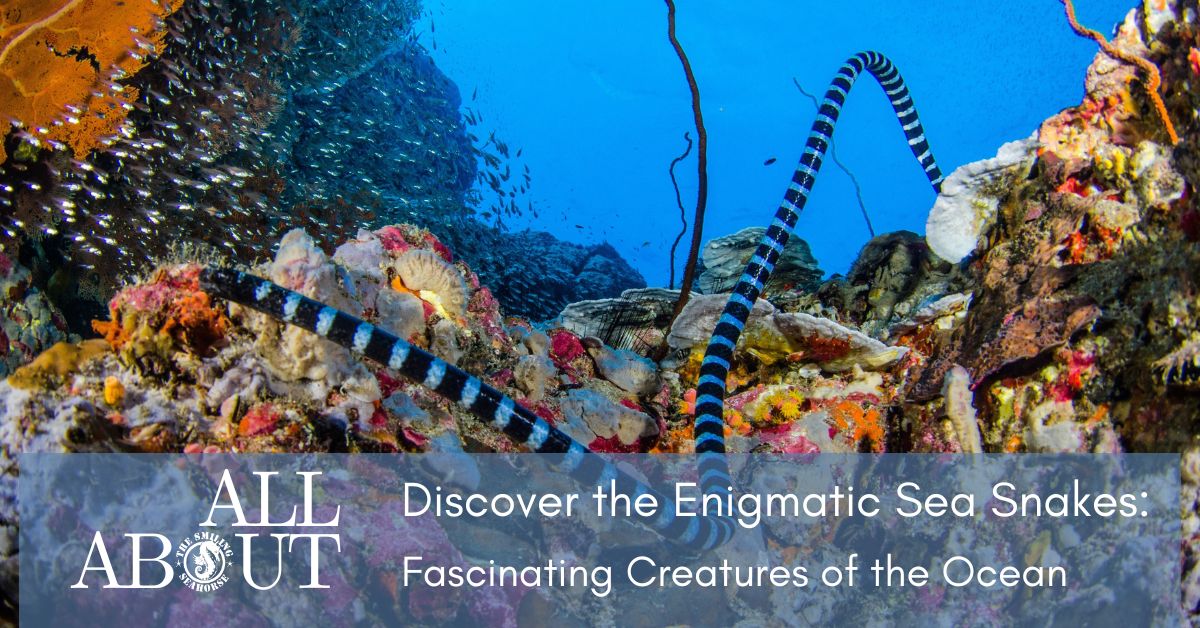
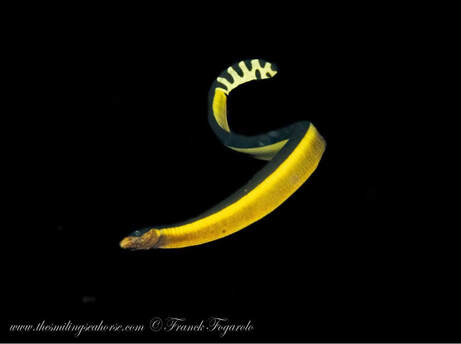
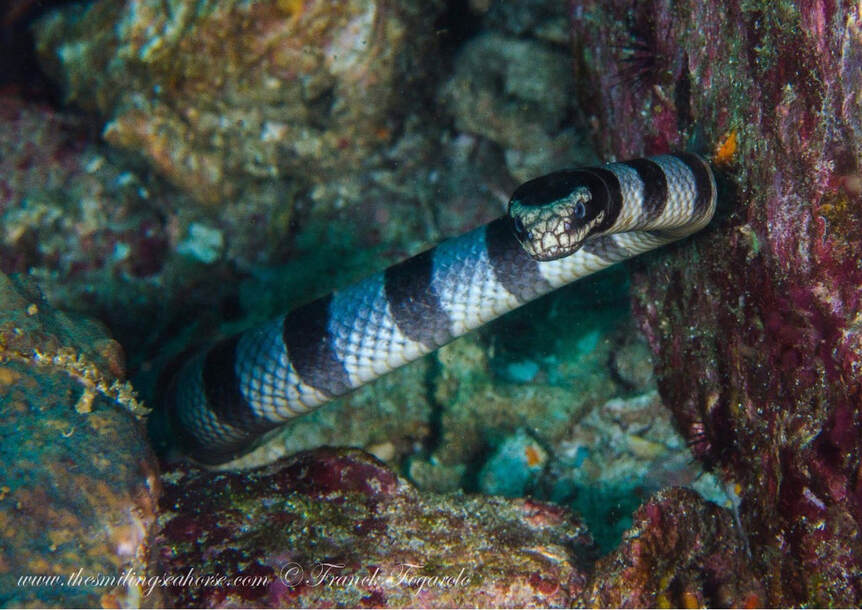

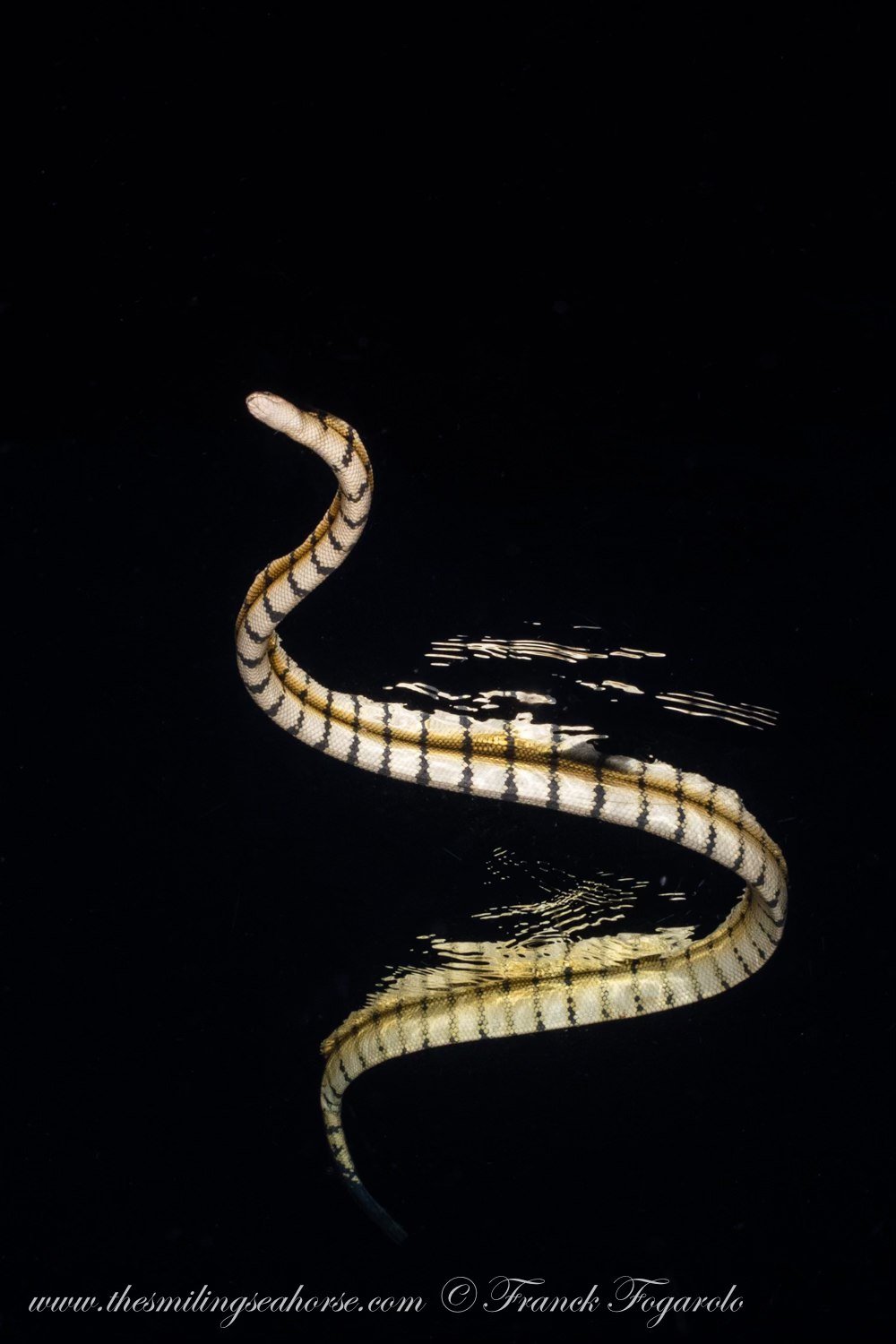
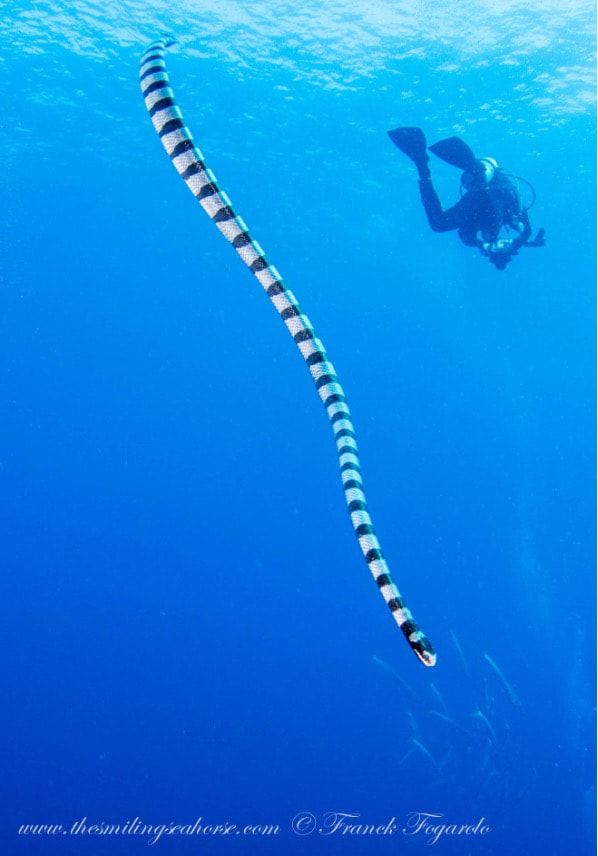
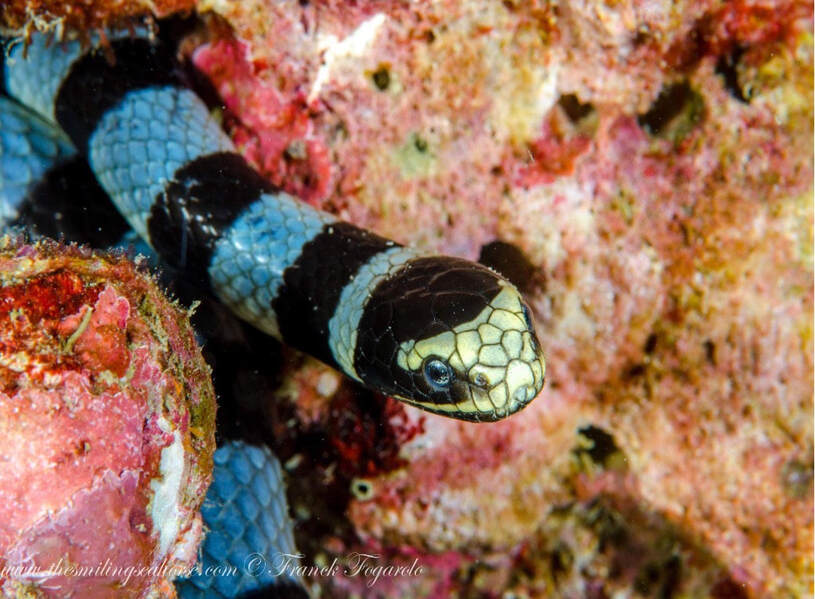
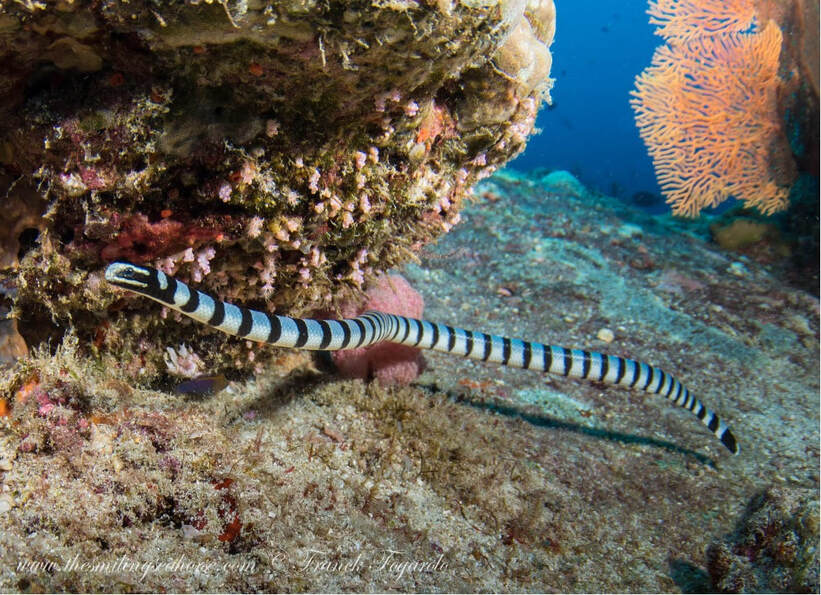


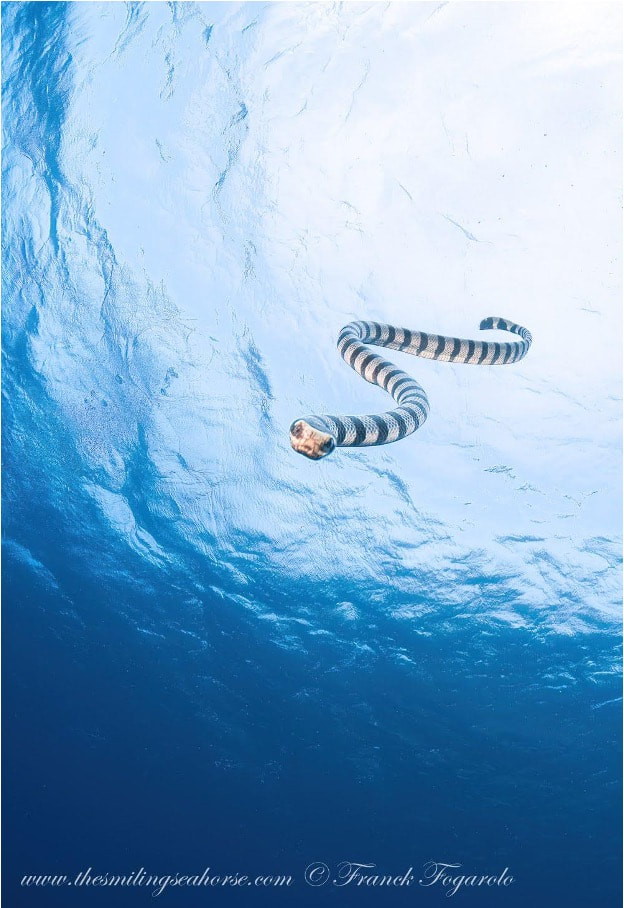
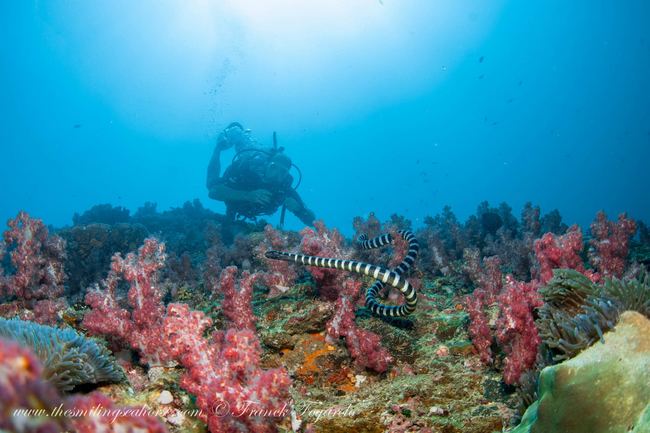
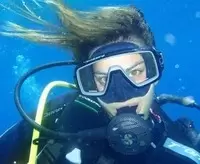
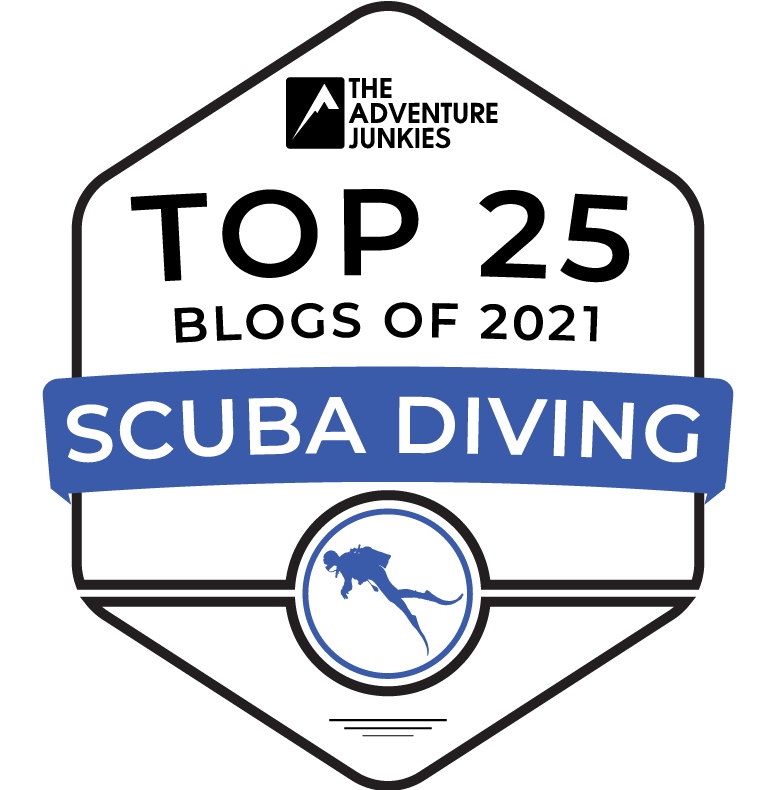

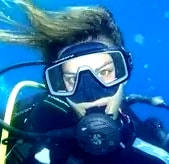

 RSS Feed
RSS Feed




